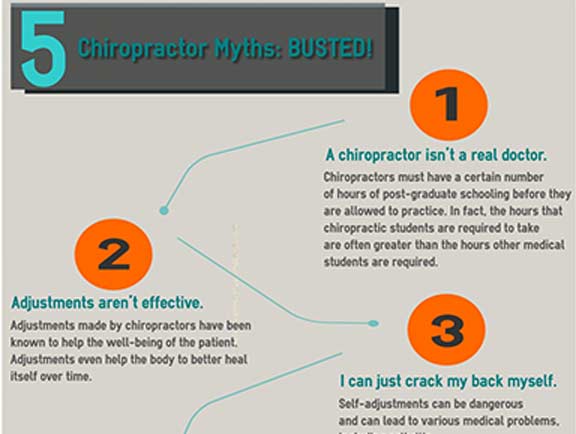A Day In The Life Of A Pain In The Back Patient: Tips For Taking Care Of Discomfort At The Workplace
A Day In The Life Of A Pain In The Back Patient: Tips For Taking Care Of Discomfort At The Workplace
Blog Article
Material Written By-Helms Cullen
Visualize navigating through your workday with a constant tip of pain sticking around in your back. The struggle to locate alleviation while handling jobs can be intimidating. Nevertheless, with Source Webpage in place, managing your back pain at the workplace can be much less of a worry. By making simple adjustments to your workspace and including targeted techniques, you can take control of your pain and improve your efficiency. Remain tuned to discover functional tips that could make a substantial distinction in your day-to-day job regimen.
Usual Triggers of Neck And Back Pain
When it involves managing pain in the back at work, recognizing the usual triggers is crucial. Poor position ranks high among these triggers. Resting hunched over at your desk for prolonged periods can stress your back muscular tissues and result in pain.
Lifting heavy items improperly is an additional offender. Bear in mind to flex your knees and use your legs, not your back, when lifting to stay clear of unneeded stress.
Lack of motion throughout the day can also add to back pain. Make a conscious effort to take time-outs to extend and walk around, as long term sitting can exacerbate discomfort.
Additionally, anxiety is a considerable trigger for neck and back pain. High stress and anxiety levels can trigger muscle mass tension, especially in the back location, leading to discomfort. It's vital to locate healthy and balanced ways to take care of anxiety, such as deep breathing exercises or mindfulness methods.
Lastly, poor ergonomics in your work space can also lead to back pain. Ensuring your chair, workdesk, and computer system setup are ergonomically pleasant can make a substantial distinction in minimizing strain on your back.
Ergonomic Workstation Setup
To develop a workspace that sustains your back health and minimizes the risk of pain, focusing on an ergonomic workstation arrangement is vital.
Beginning by adjusting your chair to ensure that your feet are flat on the flooring, knees are at a 90-degree angle, and your reduced back is sustained by the chair's back assistance.
Ensure your computer screen is at eye level to prevent stressing your neck and shoulders.
Setting your keyboard and mouse close to you to prevent reaching and straining your arms.
Take routine breaks to stand up, stretch, and walk around to minimize tightness and advertise flow.
Take into consideration utilizing a standing workdesk or a workdesk converter to alternating between sitting and standing throughout the day.
Keep in mind to maintain regularly used things within arm's reach to avoid turning or overreaching.
Active Strategies for Pain Alleviation
Looking for ways to proactively alleviate back pain while at the workplace? Incorporating straightforward yet reliable approaches can assist ease pain and improve your productivity. Begin by taking short breaks throughout the day to extend and move.
Mild exercises like shoulder rolls, neck stretches, and standing hamstring stretches can loosen up limited muscle mass and relieve stress. Furthermore, exercising excellent posture is crucial for lowering neck and back pain. Stay up straight, adjust chiropractic care clifton to sustain your reduced back, and maintain your feet flat on the floor.
Participating in routine exercise beyond work can also contribute to pain relief. Tasks such as strolling, swimming, or yoga exercise can enhance your back muscle mass and boost versatility, causing better pain monitoring in the long run. Remember to stay hydrated and maintain a healthy and balanced diet to sustain overall spine health.
Additionally, take into consideration utilizing ergonomic devices like lumbar cushions or standing workdesks to promote proper positioning and decrease strain on your back. By proactively including these approaches into your daily regimen, you can proactively take care of back pain and boost your comfort at the office.
Verdict
Finally, by executing these proactive strategies at the office, you can efficiently handle your back pain and improve your general well-being. Bear in mind to develop an ergonomic workstation arrangement, take normal breaks to stretch, engage in mild exercises, and preserve great stance. With these pointers, you can minimize the impact of pain in the back and make your workday much more comfortable and efficient. Remain proactive and take care of your back to really feel far better at the office.
